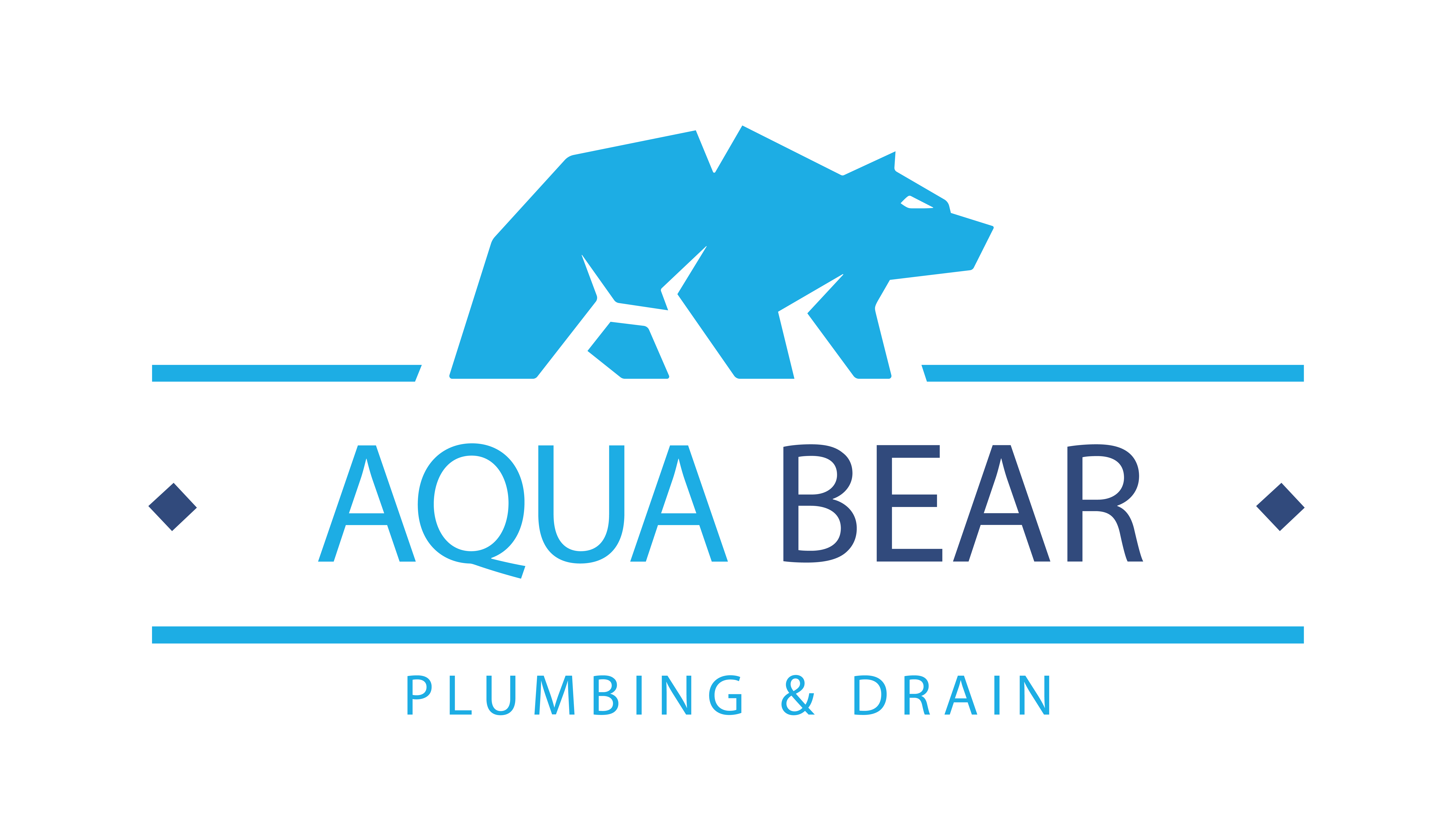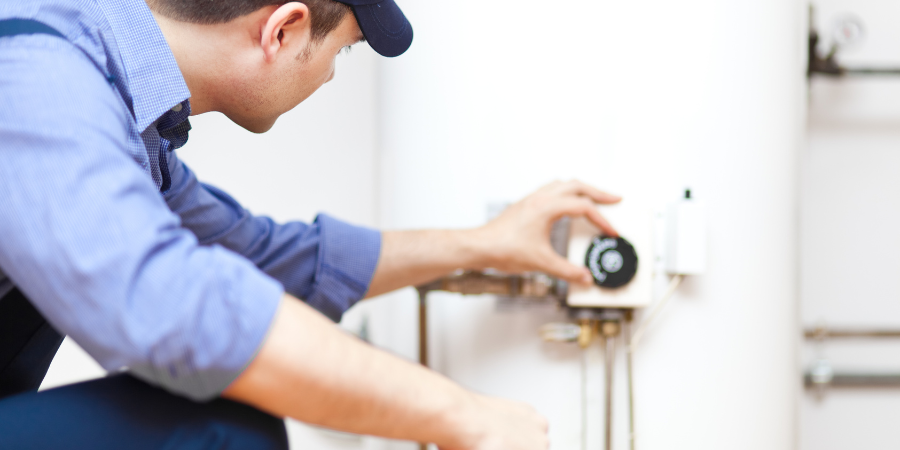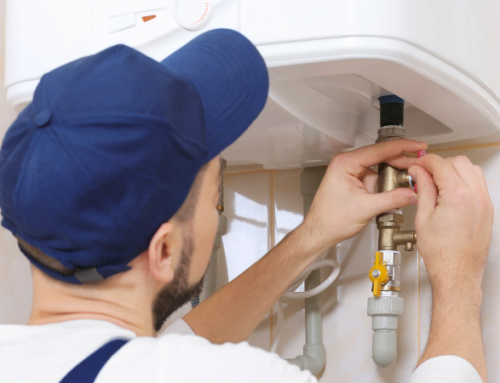Components and Their Functions
The Storage Tank
The most important component of a tank-style water heater is the tank. This tank stores water and consists of an outer steel covering housing an inner steel tank lined with a plastic or glass layer to prevent rusting. The cold water enters the tank through a supply tube known as the dip tube ensuring a constant supply of water. Cold water is denser than warm water so it collects at the base of the tank until it is heated and then rises upwards to the top of the tank to provide hot water through its hot water discharge pipe.
Housed Within the Tank
In addition to the dip tube and the discharge pipe there are several components that are housed inside the storage tank. Here we will learn about the anode rod commonly found in gas water heaters.
The Anode Rod
The anode rod in a glass-lined storage tank is a metal rod made of magnesium or aluminum that attracts rust-causing ions to protect the tank lining from being destroyed through corrosion. Some types of heaters have a magnesium or aluminum-coated discharge outlet pipe acting as an anode.
On the Outside of the Tank
There are several components that work together to supply hot water. Here we will discuss these integral parts.
Cold Water Supply Valve
In most applications the cold water supply valve will be identified by a blue handle. This is how the cold water is supplied to the storage tank for heating. The water supply enters a home and, after being measured through the water meter, flows directly to the water heater.
Hot Water Discharge Pipe
The heated water exits the storage tank via this pipe and the hot water is distributed to every plumbing fixture and water-using appliance that utilizes hot water. This pipe often has a red shutoff valve in case the water discharge needs to be interrupted.
Gas Regulator and Burner
Copper tubing or a black steel pipe is used to deliver natural gas or propane to the water heater. This gas supply line has its own shutoff which should be known and accessible if repairs are needed or an emergency ensues. The gas is fed into a gas regulator equipped with a thermostat and as the thermostat calls for heat, the burner lights.
The pilot light and burner are housed behind a metal panel at the base of the storage tank and include a thermocouple. The thermocouple converts the heat from the pilot flame into an electrical impulse that holds open an internal valve allowing gas to reach the pilot light. When the gas reaches the pilot light (at the burner) it ignites creating a heat source to heat the water in the storage tank.
The Exhaust Flue
The exhaust flue runs through the center of the tank to exhaust gasses out of the unit. These gases, such as carbon dioxide, carbon monoxide, and nitrogen oxide, can be harmful and must be removed. The flue is fitted with a baffle so as the gasses are vented the heat from the exhaust is transferred to the water to increase the efficiency of the water heater.
Temperature and Pressure Relief Valve
This valve does just what its name implies. It allows excess pressure to escape in order to prevent the water storage tank from exploding and flooding your home. As water is heated it expands putting pressure on the tank. The higher the heat the greater the pressure. Typically located on the top or side of the tank, it opens to let excess heated water out of the tank to lower the pressure back to a safe level.
How a Traditional Water Heater Works
Cold water enters the storage tank through the cold water supply called the dip tube. This dense cold water rests at the bottom of the tank until hot water is needed. Then the water is heated with the help of the gas burner and as the water increases in temperature it rises and is drained off through the hot water discharge pipe. From there it is distributed to the plumbing fixtures and appliances that rely on hot water.
Common Issues
Traditional water heaters are straightforward appliances with a simple operating system but they are affected by certain problems and inefficiencies. Here is a list of the top 3 that plague traditional water heaters:
Sediment buildup causes interference with the heating mechanism shortening the life of the heater and decreasing its efficiency.
Limited tank capacity influences the amount of hot water available and as the heater ages, it can have a longer and longer recovery time.
A faulty temperature and pressure gauge increases the likelihood of a storage tank explosion which can leave your basement flooded requiring costly repairs.
Steps to Maximize Efficiency and Extend Its Life
Flushing the storage tank once a year is a good idea. Simply emptying the tank does not equate to flushing it. The best practice is to consult your manufacturer’s instructions for proper flushing techniques.
Have a professional plumber come out to inspect the anode rod. The rod sacrificially accepts corrosive materials in an effort to protect the lining of the storage tank. It is less costly to replace the anode than it is to replace the heater.
Insulate the water tank using a polyurethane blanket made especially for water heaters. By wrapping the tank you can improve the efficiency up to 40% which will positively be reflected in your monthly utility bill.
Do you need help with your water heater?
A traditional hot water heater is a simple appliance used to heat and distribute hot water for domestic use. It has a collection of components that work in unison to heat water to a predetermined temperature providing comfort and a reliable source of hot water. With proper care and maintenance, many of the problems and inefficiencies can be avoided while maximizing the life span of your hot water heater.
We install, repair, and maintain hot water heaters and are happy to answer any questions you might have. Give us a call and join our long list of valued and satisfied customers!






